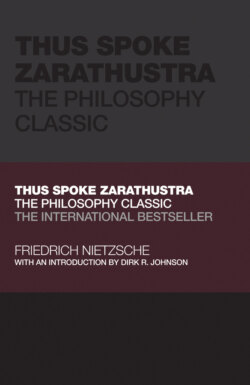Читать книгу Thus Spoke Zarathustra - FRIEDRICH NIETZSCHE, Friedrich Nietzsche - Страница 26
ZARATHUSTRA AND THE OVERCOMING OF PITY
ОглавлениеNietzsche offers textual evidence for his motivation for composing Part Four.
First among these are Zarathustra's opening passage to Part Four, his words in the second section “The Cry of Distress” as well as his concluding remarks in the final section (“The Sign”). He says: “O you higher men, your distress was it that the old soothsayer foretold to me yestermorn. Unto your distress did he want to seduce and tempt me.” He had also played with the idea of subtitling Part Four “The Temptation of Zarathustra,” which hints at the Soothsayer's attempt to seduce Zarathustra by evoking his pity.
Zarathustra indicates that overcoming pity of “higher types” is his ultimate challenge, his real proof of strength. By appealing to his innate pity for them, the soothsayer hoped to lure Zarathustra away from his Dionysian isolation and to throw him back into despair.
In the work's final section, “The Sign,” Zarathustra slips out of his cave in the early morning. His lion joins him. The lion roars and the remaining cast of characters scamper off. Zarathustra interprets this as a sign that his time has come. He recognizes that the cry of distress had been the soothsayer's trick all along to distract him from his higher calling. He declares his children are near and that the “noontide” will rise. He leaves the cave, “glowing and strong, like a morning sun.”
